Home>Gardening & Outdoor>Plant Care & Gardening Tips>Where Is The Bachelor Button Plant Native To
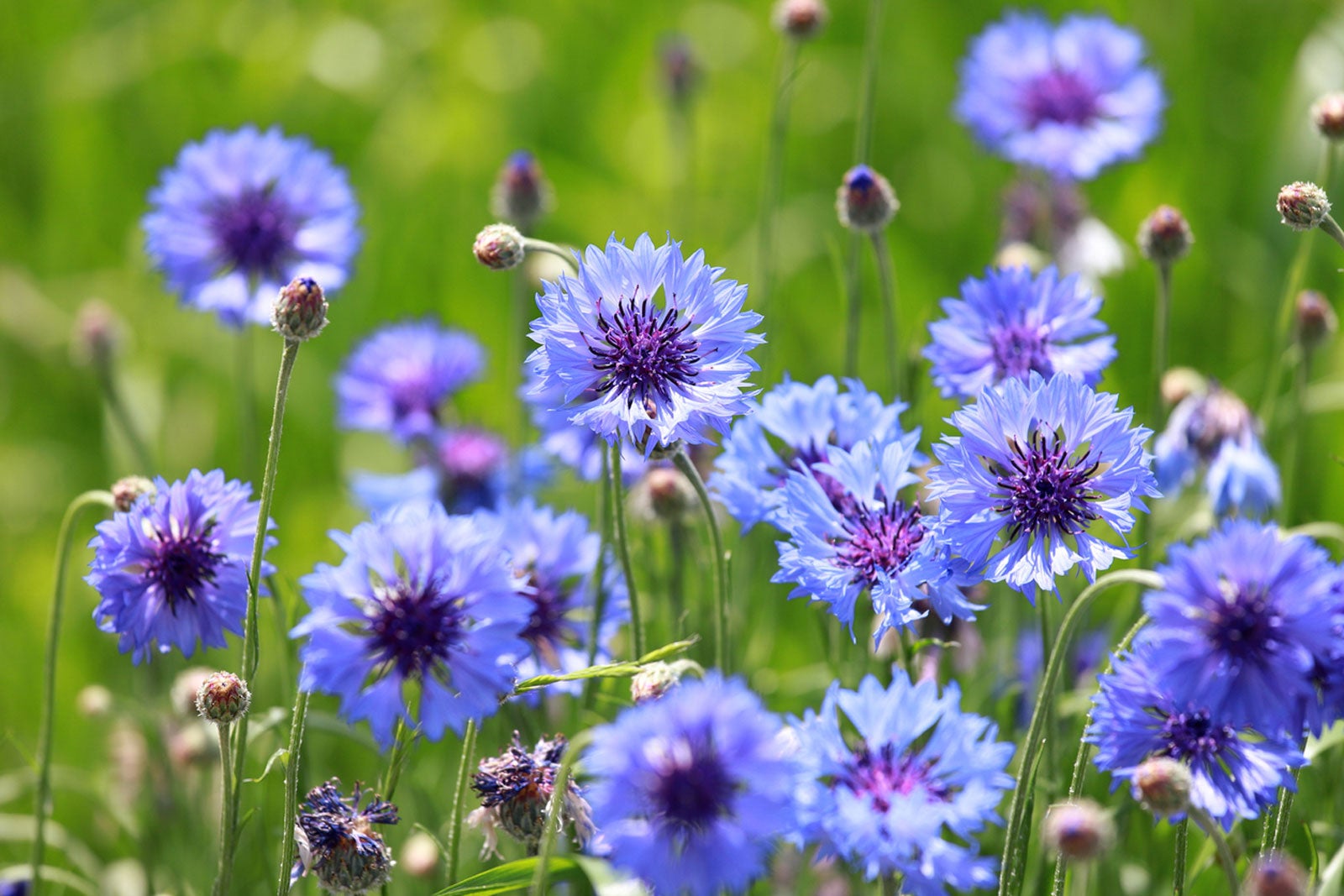

Plant Care & Gardening Tips
Where Is The Bachelor Button Plant Native To
Published: December 25, 2023
Learn about the native habitat of the Bachelor Button plant and get expert plant care and gardening tips. Discover where this beautiful flower thrives.
(Many of the links in this article redirect to a specific reviewed product. Your purchase of these products through affiliate links helps to generate commission for Storables.com, at no extra cost. Learn more)
**
Introduction
**
Welcome to the fascinating world of the Bachelor Button plant! Also known as cornflower, this charming and resilient flowering plant has captured the hearts of gardeners and nature enthusiasts around the globe. In this article, we will delve into the origins and natural habitat of the Bachelor Button, shedding light on its cultural significance and global distribution. Whether you're a seasoned gardener or simply curious about the wonders of the natural world, join us on a journey to discover the captivating story of the Bachelor Button plant.
**
Key Takeaways:
- The Bachelor Button plant, also known as cornflower, has a rich history and cultural significance, symbolizing resilience and endurance across different cultures. It thrives in diverse habitats and has a global presence in gardens and natural areas.
- Originating in the eastern Mediterranean region, the Bachelor Button plant has spread to Europe, North America, and Asia, captivating gardeners with its vibrant blooms and adaptability. Its enduring appeal and cultural significance make it a beloved botanical treasure worldwide.
Read more: When To Plant Bachelor Button Seeds
Description of the Bachelor Button Plant
**
The Bachelor Button plant, scientifically known as Centaurea cyanus, is a delightful annual flowering plant that belongs to the Asteraceae family. This charming plant is renowned for its vivid blue flowers, although it also blooms in shades of pink, white, and purple. The Bachelor Button’s distinctive blossoms, reminiscent of a button or disc, are a favorite among pollinators, adding a touch of natural beauty to gardens, meadows, and landscapes.
The plant typically reaches a height of 12 to 30 inches, with slender stems adorned by delicate, deeply lobed foliage. Its blooms, which appear in late spring to early summer, boast a unique texture and a captivating vibrancy that make them a standout feature in any garden.
One of the Bachelor Button’s most endearing qualities is its versatility. Whether grown in containers, borders, or wildflower gardens, this adaptable plant thrives in various environments and soil types. Its ability to withstand drought and poor soil conditions makes it a resilient choice for both novice and experienced gardeners.
As an annual plant, the Bachelor Button completes its life cycle within a single growing season. However, its self-seeding nature often leads to the plant reappearing in the same location year after year, bringing joy to gardeners with its unexpected, yet welcome, presence.
**
History and Cultural Significance
**
The history of the Bachelor Button plant is intertwined with various cultural and symbolic meanings that have endured through the ages. Originating in the eastern Mediterranean region, the plant has a rich heritage dating back to ancient civilizations. In Greek mythology, the Bachelor Button is associated with the legend of Centaurea, a wise and gentle centaur known for his healing abilities. According to the myth, the plant’s botanical name, Centaurea cyanus, pays homage to this mythical being.
Throughout history, the Bachelor Button has held diverse symbolic meanings across different cultures. In Victorian times, it was a symbol of celibacy and singlehood, hence its common name “Bachelor Button.” The flower’s vibrant blue hue also made it a popular choice for adorning clothing and accessories, adding a touch of natural elegance to fashion during that era.
Furthermore, the Bachelor Button has been celebrated for its medicinal properties. Traditionally, it was used in herbal remedies to treat various ailments, earning a reputation as a healing plant with therapeutic value. Its flowers and leaves were believed to possess anti-inflammatory and astringent properties, contributing to its status as a valuable botanical resource.
Across different cultures, the Bachelor Button has been revered for its association with endurance and perseverance. Its ability to thrive in challenging conditions and its resilient nature have made it a symbol of strength and fortitude. In the language of flowers, the Bachelor Button represents freedom, opportunity, and the pursuit of dreams, embodying a spirit of resilience and optimism.
Today, the Bachelor Button continues to captivate gardeners and nature enthusiasts with its timeless allure. Its cultural significance and historical legacy have solidified its place as a beloved and cherished plant, inspiring admiration and reverence across the world.
**
The Bachelor Button plant, also known as the cornflower, is native to Europe and has been naturalized in North America. It is commonly found in fields, meadows, and along roadsides.
Natural Habitat
**
The Bachelor Button plant thrives in a diverse range of natural habitats, displaying a remarkable adaptability to various environmental conditions. Originating in the eastern Mediterranean region, including areas such as Greece and Turkey, the plant has historically been found in meadows, grasslands, and along the edges of cultivated fields. Its natural habitat often consists of open, sunny spaces with well-drained soil, where it can receive ample sunlight to support its growth and flowering.
One of the defining characteristics of the Bachelor Button’s natural habitat is its preference for temperate climates. The plant flourishes in regions with moderate temperatures, where it can experience distinct seasons, including a period of cold dormancy during the winter months. This seasonal cycle plays a crucial role in the Bachelor Button’s life cycle, influencing its growth, blooming, and eventual seed production.
Furthermore, the Bachelor Button is well-suited to a variety of soil types, including loamy, sandy, and clay soils. Its ability to thrive in less fertile soils sets it apart as a resilient and adaptable species, capable of flourishing in environments where other plants may struggle to establish themselves.
In its natural habitat, the Bachelor Button often coexists with a diverse array of wildflowers, grasses, and pollinators, contributing to the rich biodiversity of its surroundings. As a nectar-rich plant, it attracts pollinators such as bees, butterflies, and other beneficial insects, playing a vital role in supporting local ecosystems and promoting biodiversity.
Throughout history, the Bachelor Button’s natural habitat has extended beyond its native range, as the plant’s seeds have been dispersed and cultivated in new locations around the world. This global expansion has allowed the Bachelor Button to find new habitats and thrive in diverse ecosystems, showcasing its remarkable ability to adapt and flourish in varying environmental conditions.
**
Global Distribution
**
The Bachelor Button plant, originating in the eastern Mediterranean region, has ventured far beyond its native habitat, establishing a global presence in diverse landscapes and climates. Through human cultivation and natural dispersion, the plant has found new homes across continents, enchanting gardeners and nature enthusiasts with its charming blooms and resilient nature.
Across Europe, the Bachelor Button has been embraced for centuries, adorning gardens, meadows, and countryside landscapes with its vibrant flowers. Its popularity as an ornamental plant has led to widespread cultivation, making it a familiar sight in countries such as France, Germany, and the United Kingdom. The plant’s adaptability to temperate climates has contributed to its success in these regions, where it thrives in various growing conditions.
In North America, the Bachelor Button has also found favor among gardeners and wildflower enthusiasts. Introduced to the continent by early European settlers, the plant has naturalized in many regions, particularly in the northeastern and northwestern parts of the United States. Its ability to self-seed and establish itself in open spaces has allowed it to become a cherished component of native wildflower meadows and pollinator-friendly landscapes.
Furthermore, the Bachelor Button has made its mark in Asia, where it has been cultivated and admired for its ornamental value. In countries such as Japan and China, the plant’s striking blooms have adorned gardens and landscapes, adding a touch of natural beauty to outdoor spaces. Its adaptability to varying soil types and climates has contributed to its successful integration into diverse horticultural traditions.
As a result of its global distribution, the Bachelor Button has become a beloved and familiar presence in gardens, parks, and natural areas around the world. Its enduring popularity as an ornamental plant, coupled with its cultural significance, has cemented its status as a cherished botanical treasure with a widespread and enduring global reach.
**
Read more: Where Is The Indigo Plant Native
Conclusion
**
The Bachelor Button plant, with its captivating beauty and rich cultural history, continues to enchant and inspire people across the globe. From its origins in the eastern Mediterranean region to its widespread distribution in diverse climates and landscapes, this resilient and versatile plant has left an indelible mark on the world of gardening and natural beauty.
With its vibrant blooms and adaptability to various growing conditions, the Bachelor Button has transcended its natural habitat, finding new homes and flourishing in gardens, meadows, and wild spaces far beyond its native range. Its enduring appeal as an ornamental plant, coupled with its symbolic significance and historical legacy, has solidified its place as a beloved botanical treasure with a global presence.
As we celebrate the Bachelor Button’s cultural significance and natural splendor, let us continue to cherish and cultivate this remarkable plant, honoring its timeless allure and the stories it carries from ancient civilizations to modern-day gardens. Whether adorning a flower bed, brightening a countryside landscape, or bringing joy to a pollinator-friendly garden, the Bachelor Button stands as a testament to the enduring beauty and resilience of the natural world.
As we look to the future, may the Bachelor Button plant continue to captivate and inspire generations to come, weaving its vibrant hues and rich heritage into the tapestry of our shared botanical heritage. Let us embrace the spirit of the Bachelor Button, embodying its resilience, adaptability, and enduring beauty as we cultivate our gardens and nurture our connection to the natural world.
Frequently Asked Questions about Where Is The Bachelor Button Plant Native To
Was this page helpful?
At Storables.com, we guarantee accurate and reliable information. Our content, validated by Expert Board Contributors, is crafted following stringent Editorial Policies. We're committed to providing you with well-researched, expert-backed insights for all your informational needs.
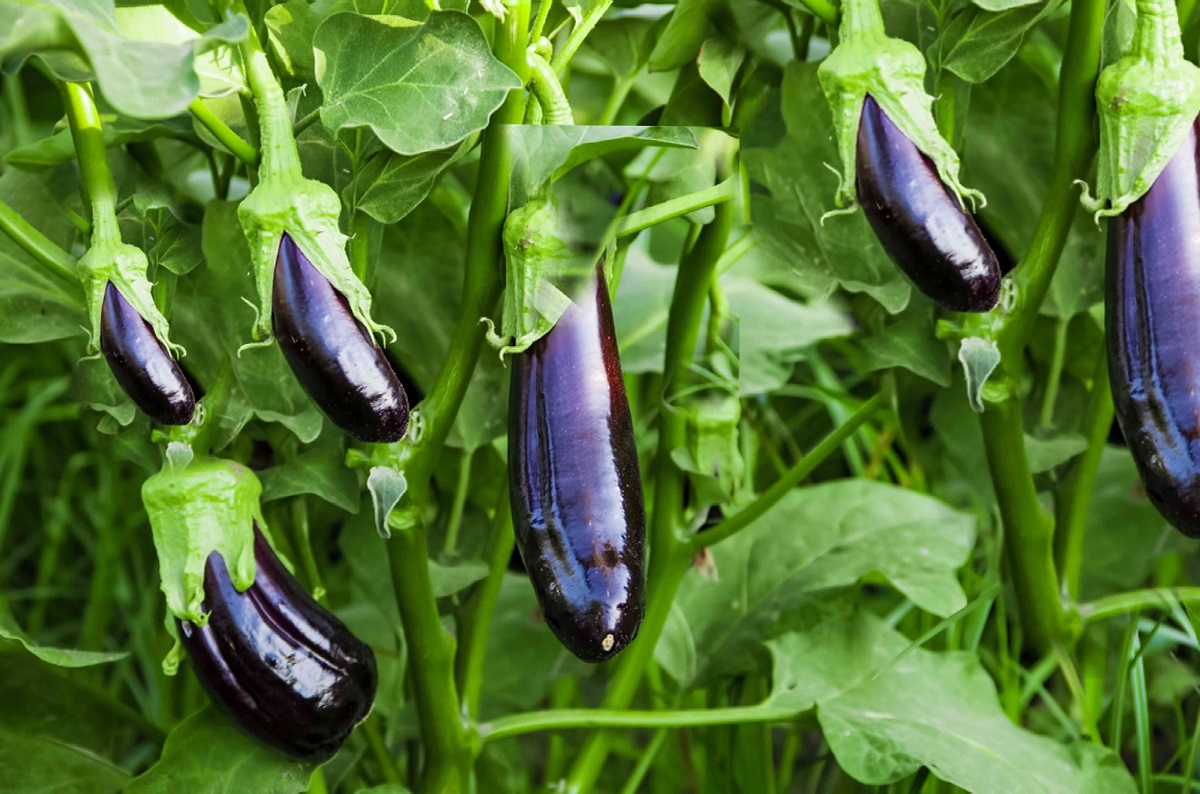
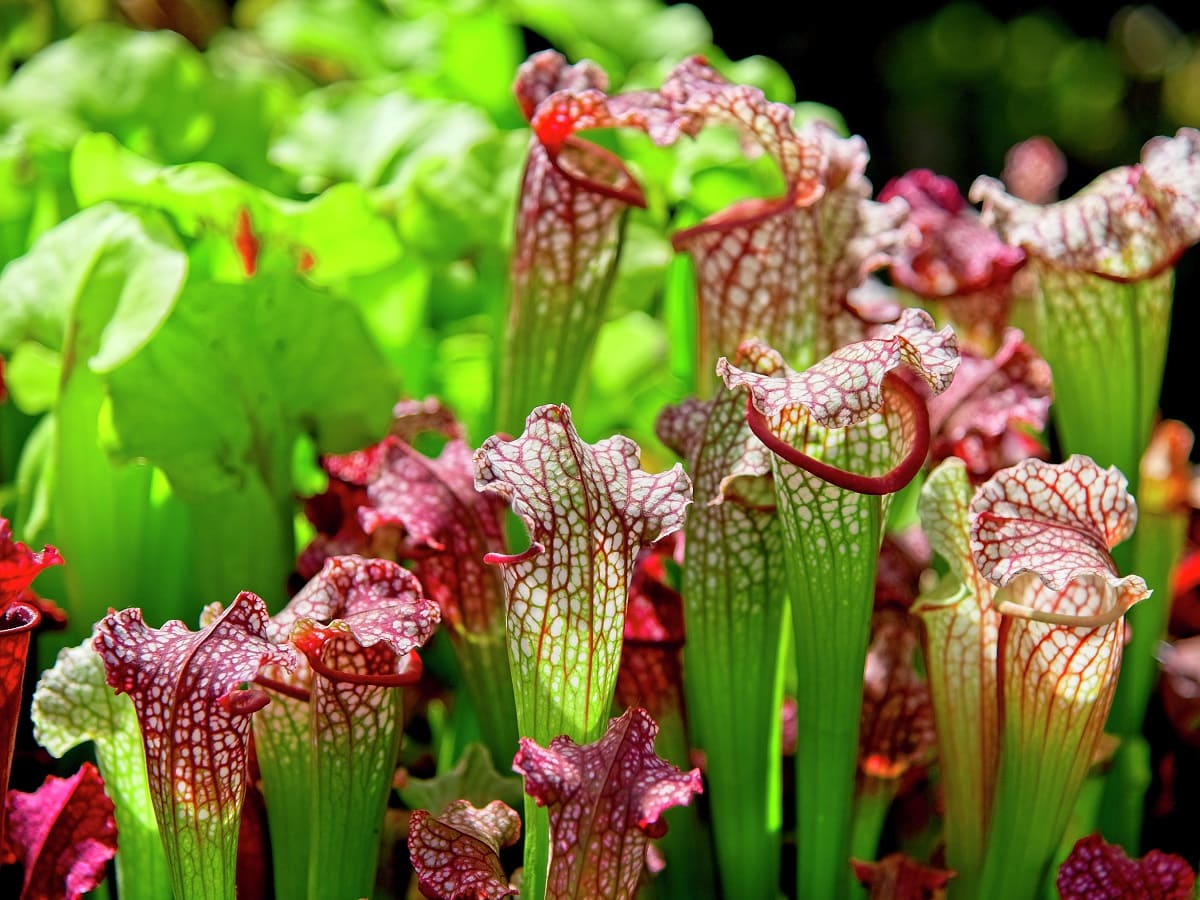
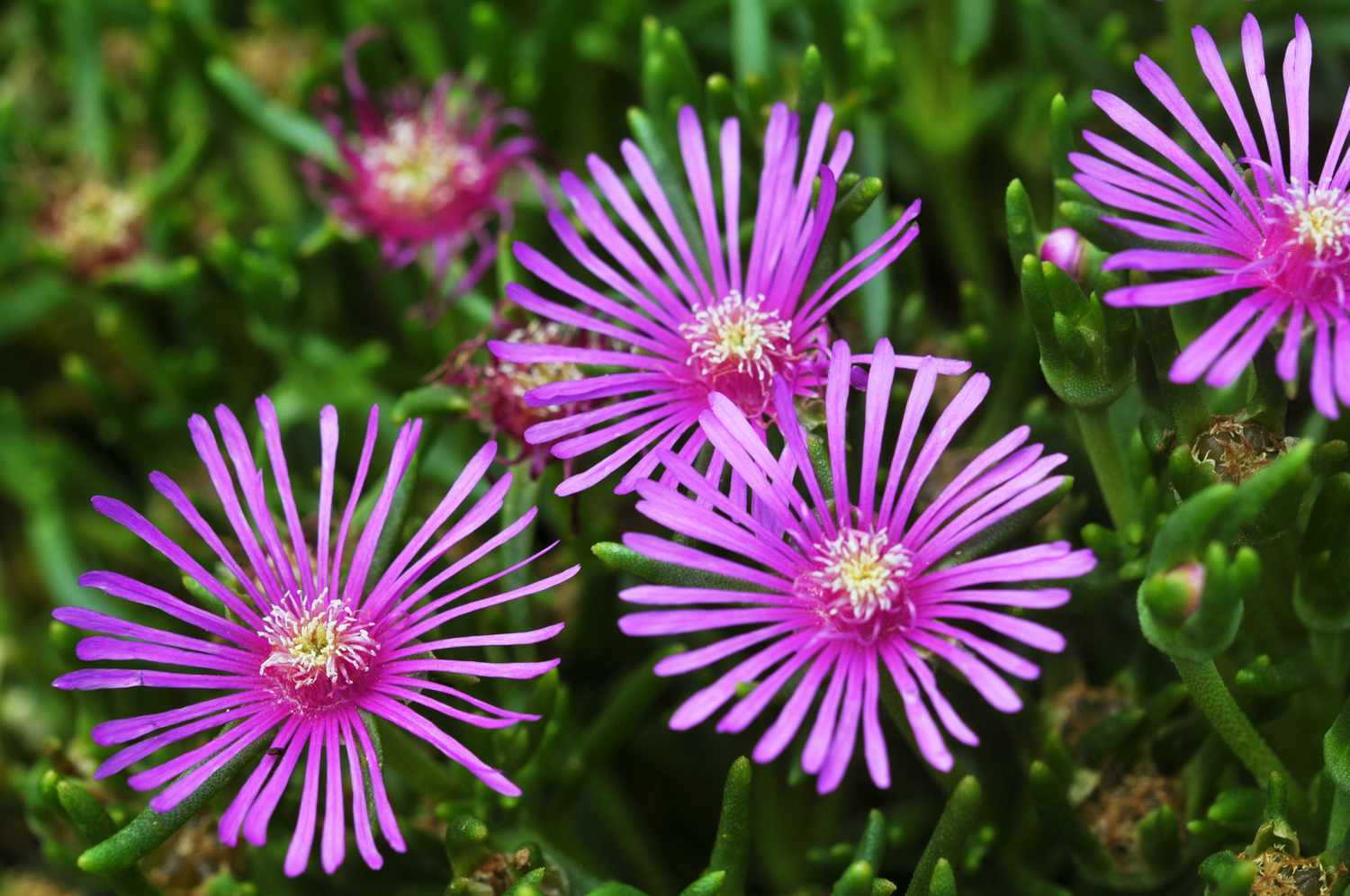
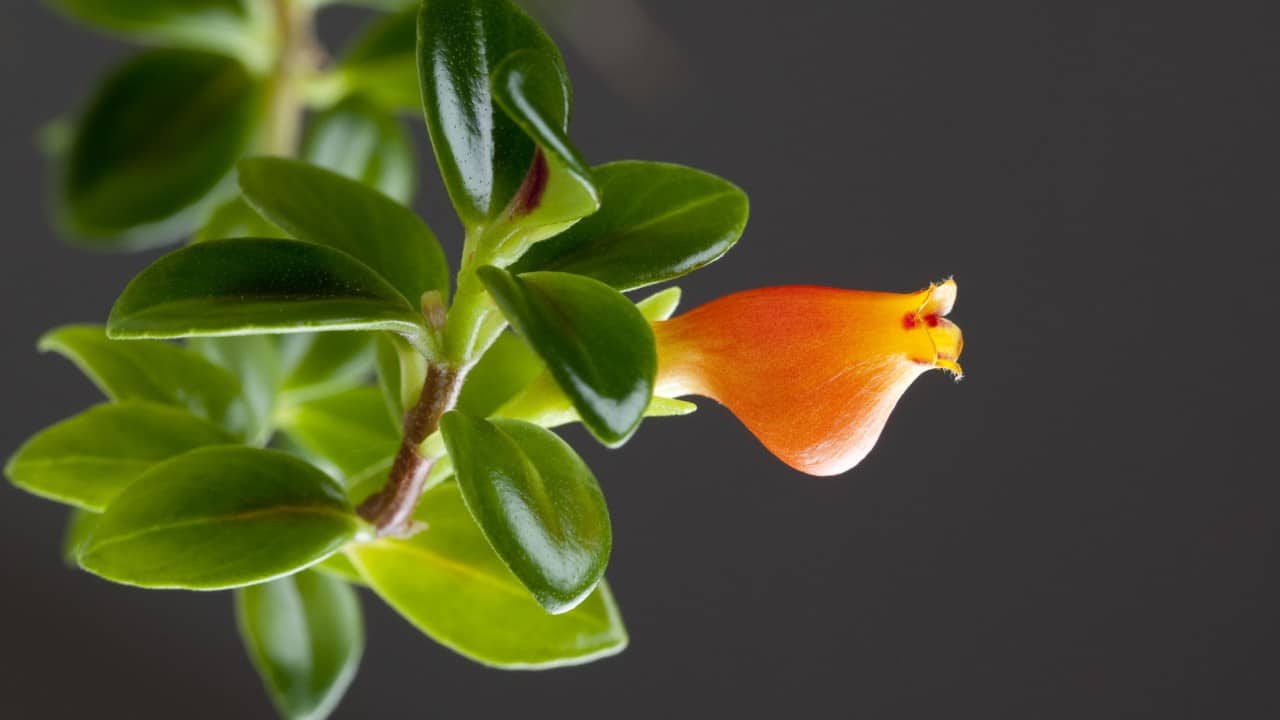
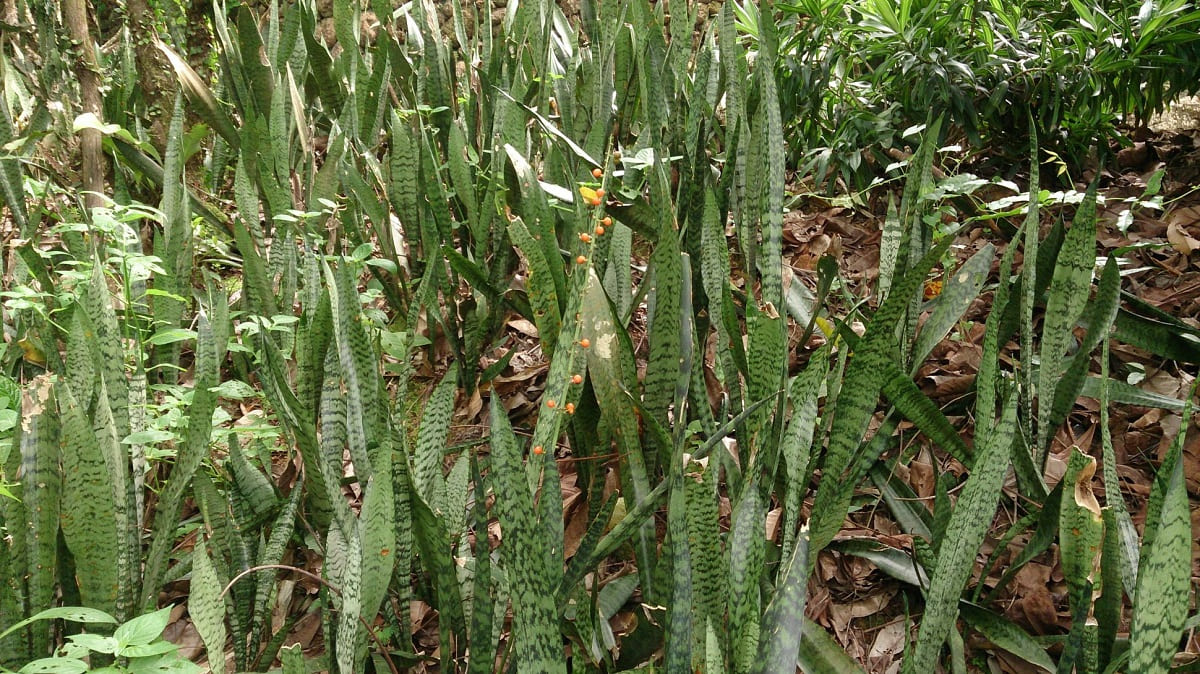
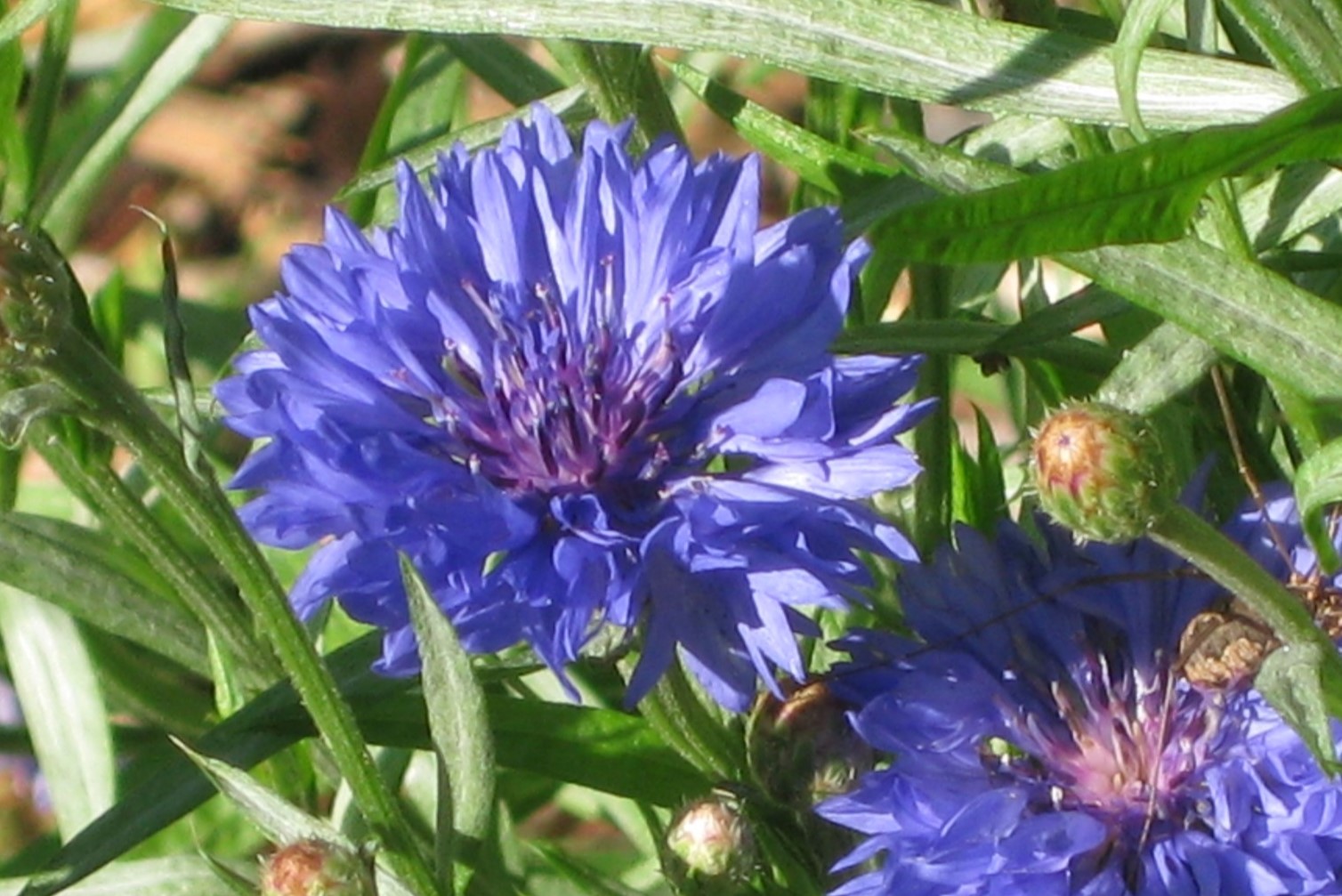
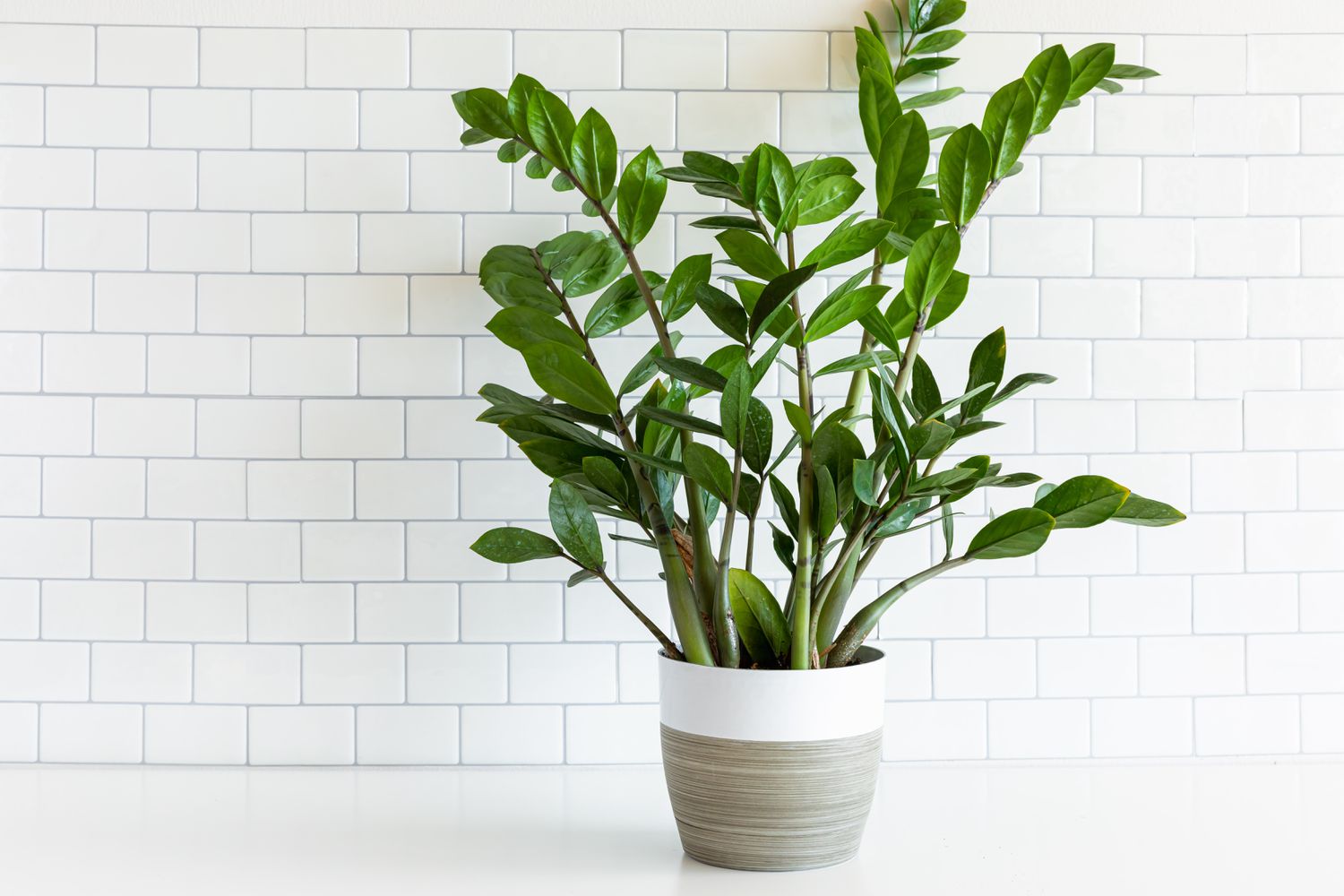
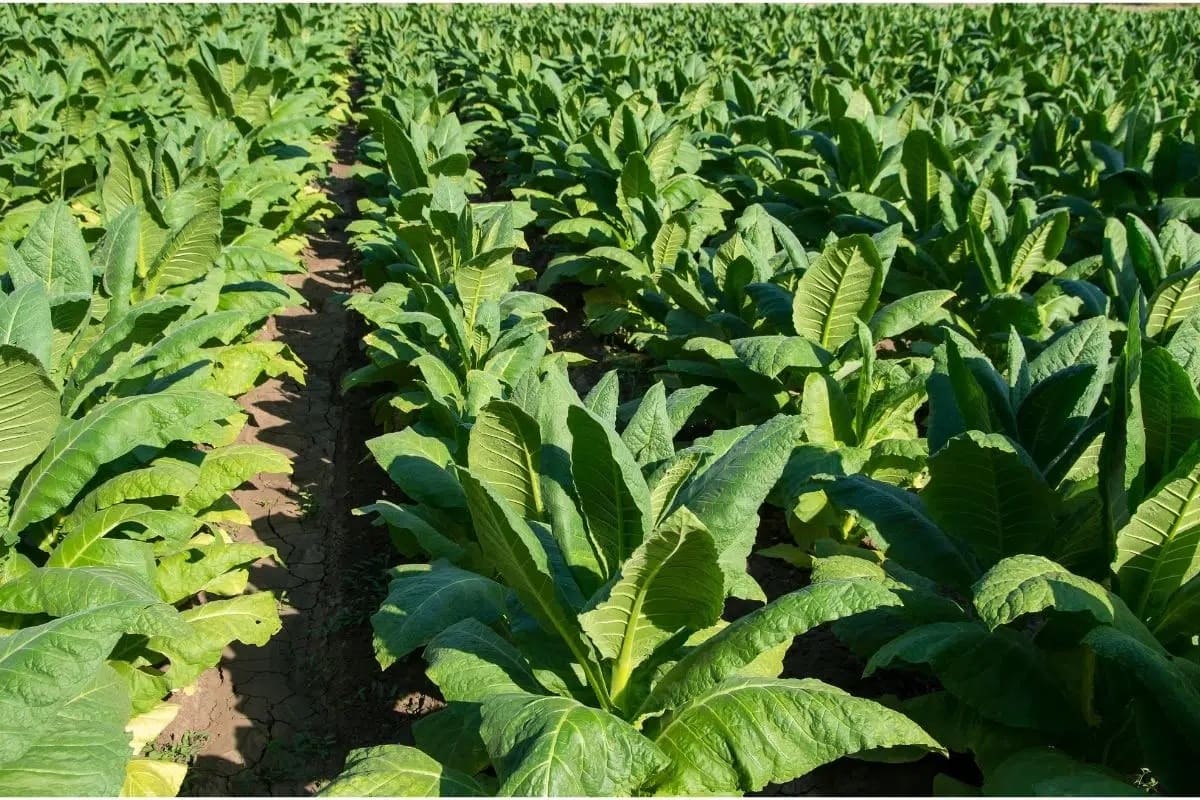
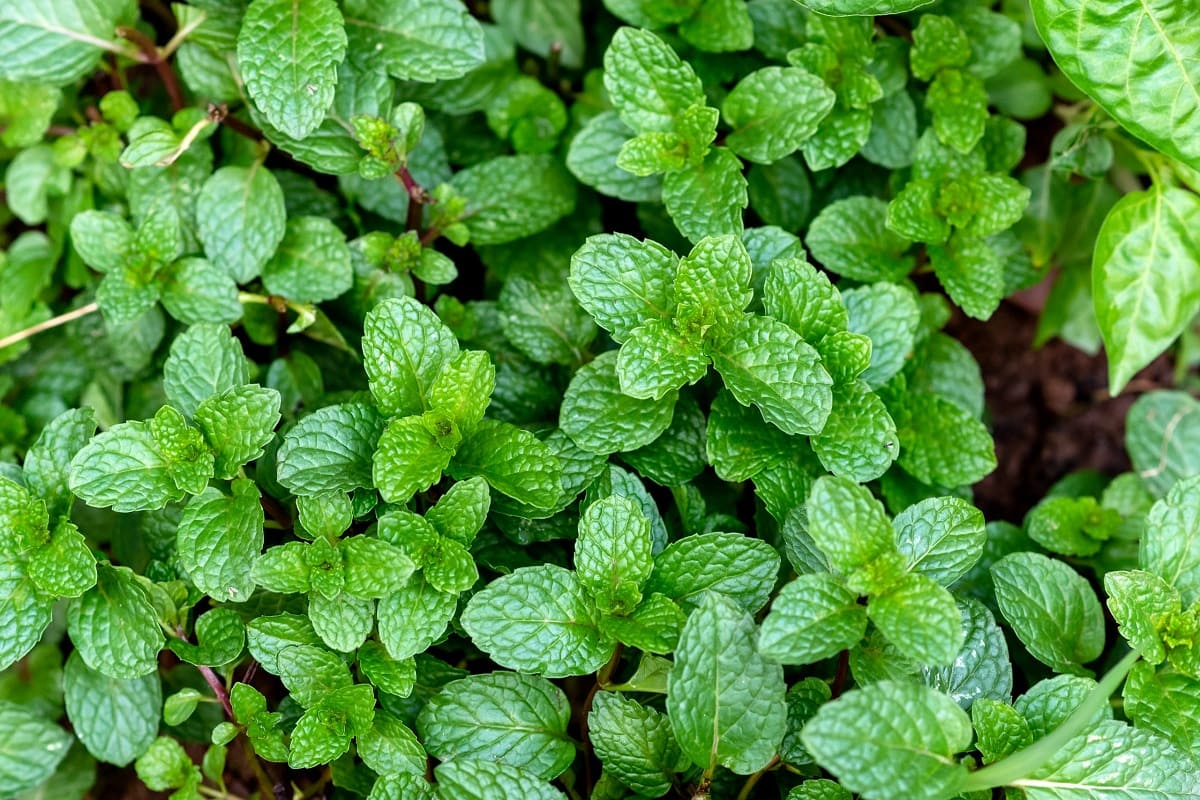
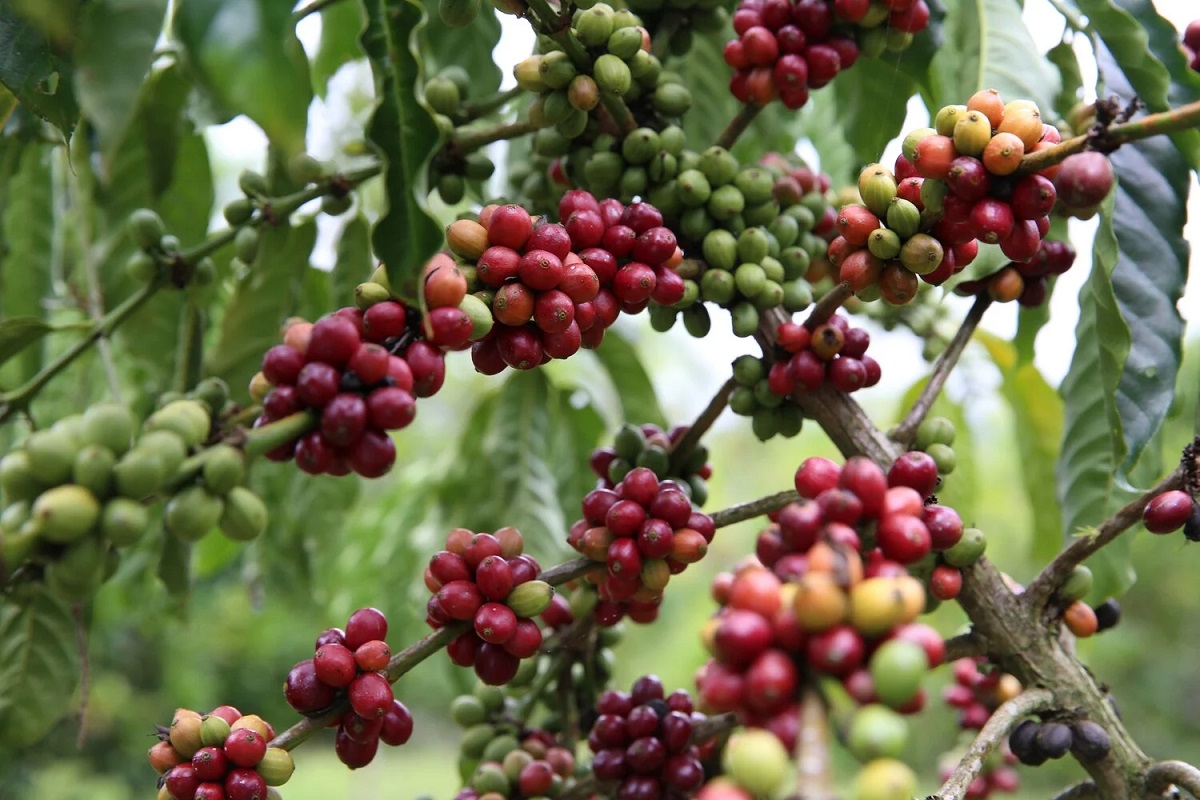
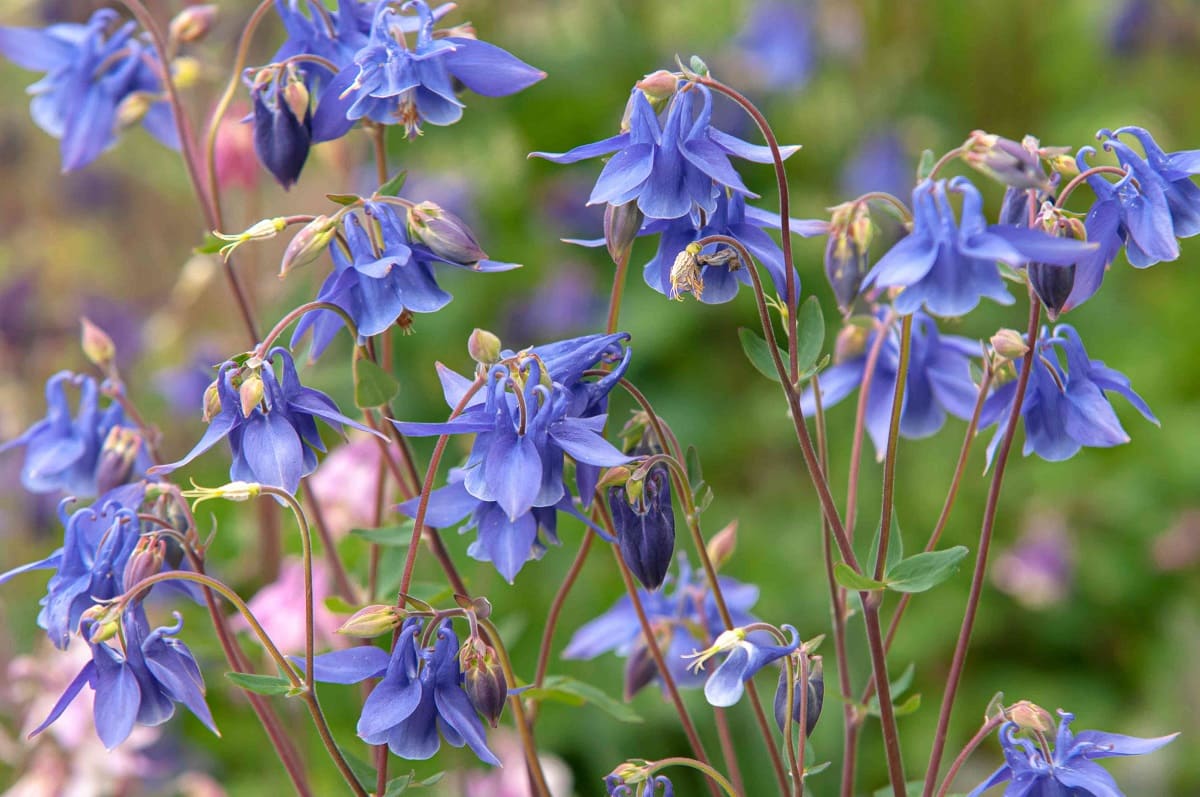
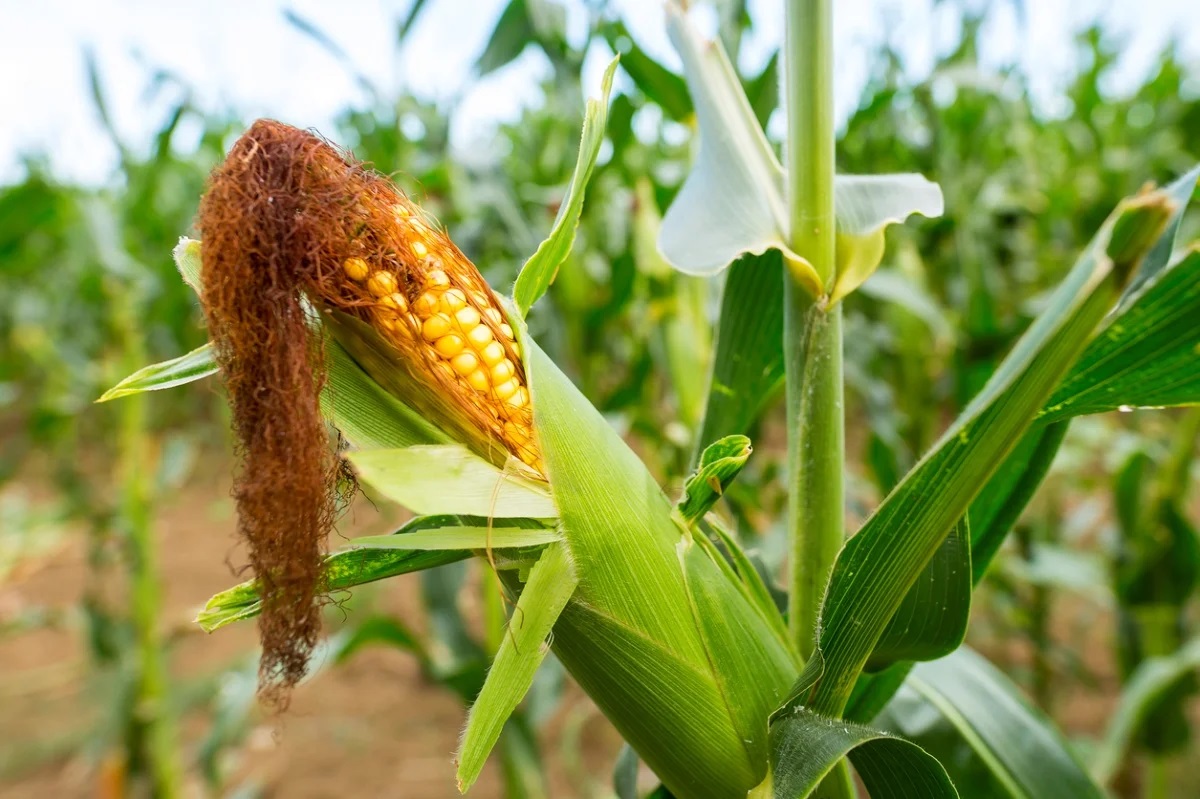
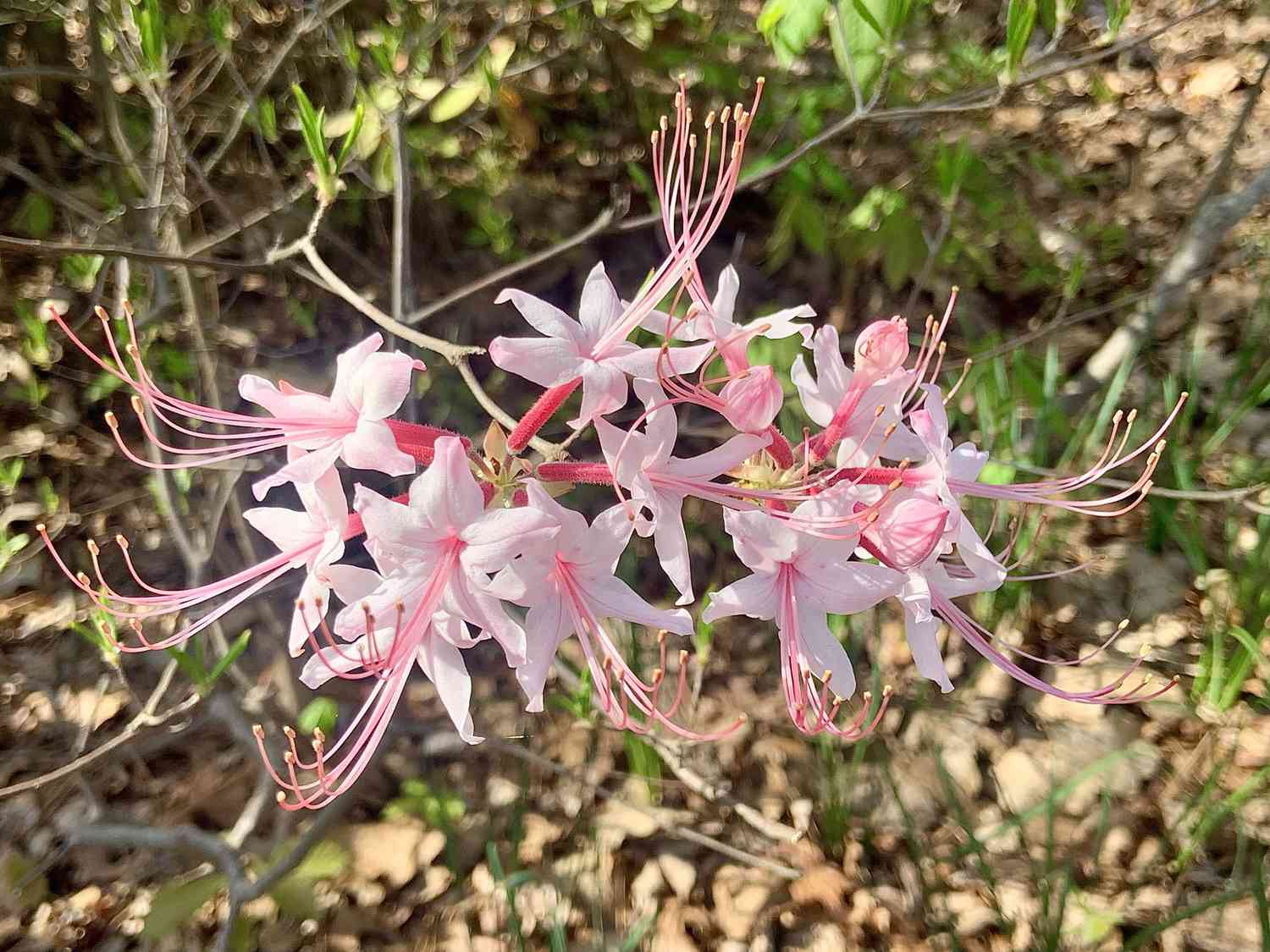
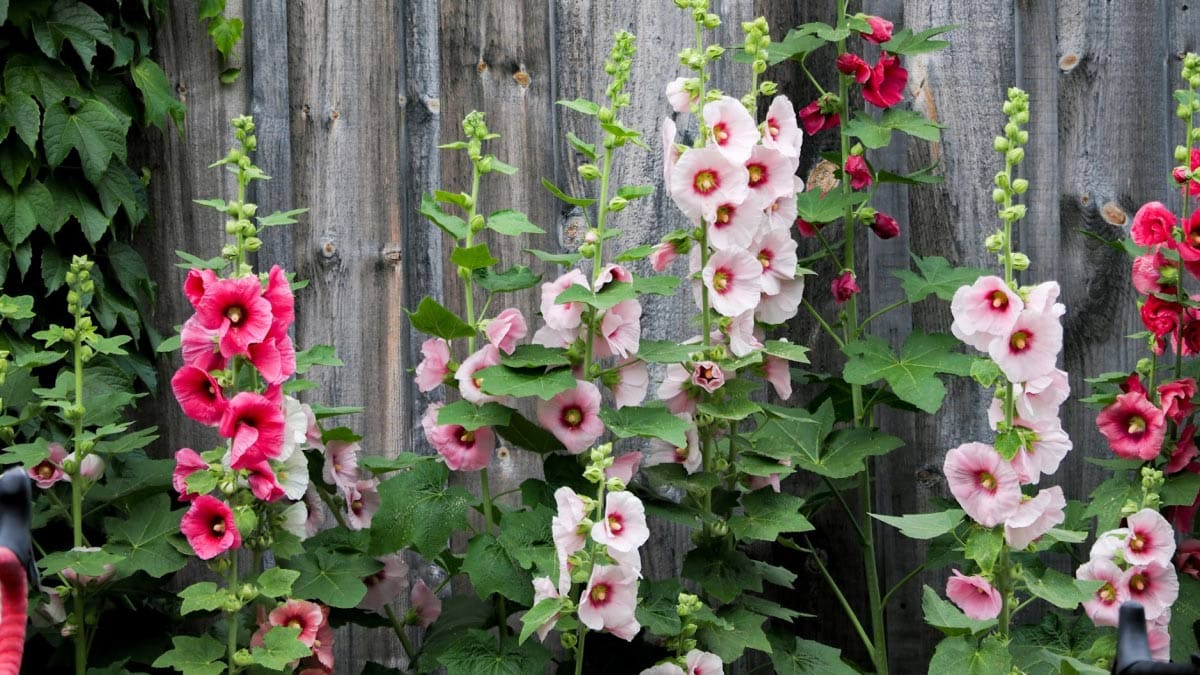

0 thoughts on “Where Is The Bachelor Button Plant Native To”